Characterized by their trademark white bark and horizontal markings, there are several different types of birch trees. In fact, birches are categorized into a few distinct subgenuses, with dozens of species in each subgroup. Whether you want to learn more about birch trees to help you identify them on hikes, or perhaps you are considering planting one in your own backyard, there are countless birch cultivars to consider.
Given that birches readily cross with each other, it shouldn’t be a surprise to hear that there are at least 50 different types of birch trees. Here’s how birch trees are typically categorized, as well as a list of some of the most popular and common types of these stunning trees. Let’s get started!
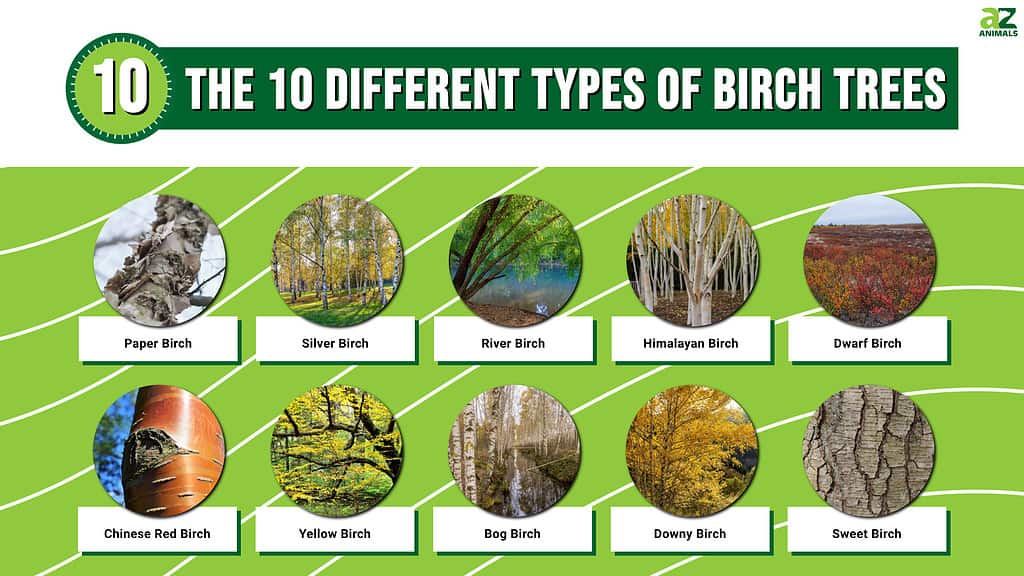
Subgenuses of Birch Trees
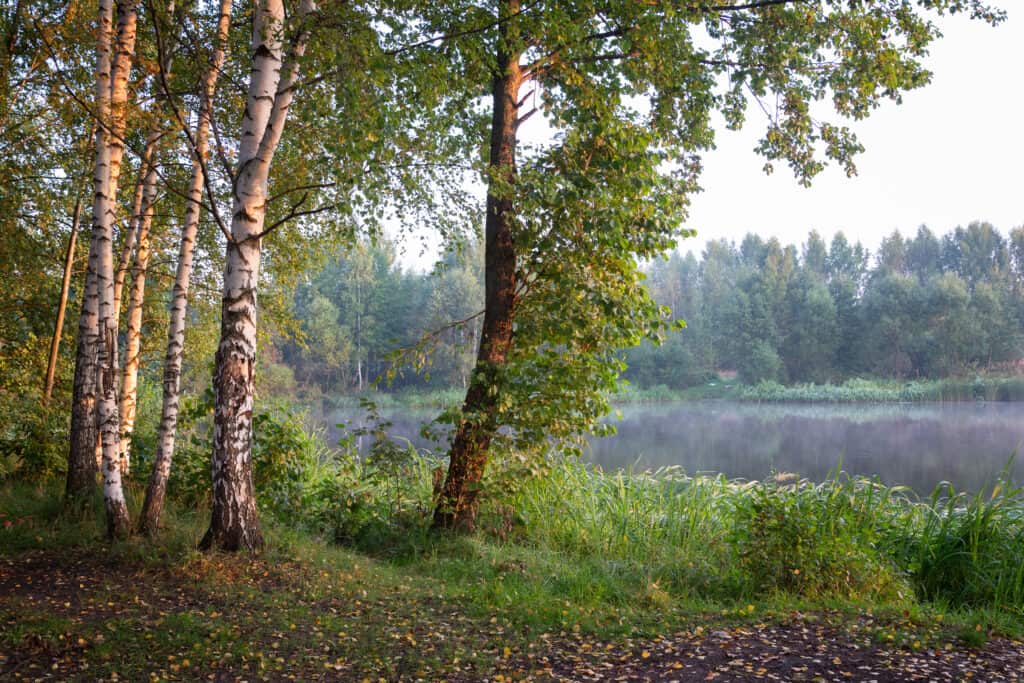
There are countless birch cultivars to consider.
©iStock.com/Volga2012
While many different schools of thought surround the birch or Betula genus, birch trees are often categorized into subgenuses. Here are some of the subgenus types that birch tree experts have considered.
Typical Birches
If you have ever recognized a birch tree by its white, peeling bark, the chances are high that you saw a typical birch tree. Simply classified as Betula, the typical birch tree category contains some of the most common birch species, including silver birches and white birches.
Dwarf Birches
Classified as the Chamaebetula subgenus, dwarf birches are typically under 20 feet tall. In fact, most dwarf birches are considered shrubs, covered in shaggy, deciduous leaves. Additionally, most dwarf birch tree types include dwarf in their names, making it easy to identify them.
Wintergreen Oil Birches
Did you know that some species of birch produce wintergreen oil? Distinctively minty and commercially cultivated for mint-flavored delicacies, wintergreen oil birches are important for their lumber, oil, and are even used ornamentally. Some of the most popular birches are wintergreen oil birches, including yellow birches and sweet birches.
The Most Common and Popular Types of Birch Trees
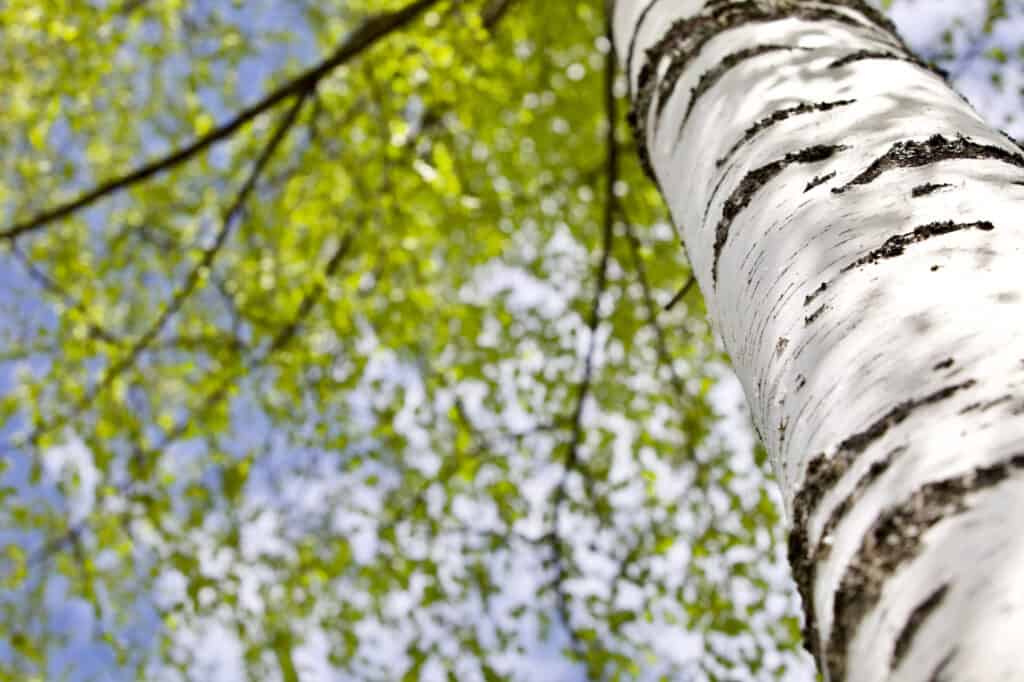
Most birch trees have distinctive white, peeling bark.
©ST-art/Shutterstock.com
Fast-growing and important to a number of animal species, including moths or butterflies, here’s a list of some of the most common and noteworthy birch tree types!
Paper Birch

While they don’t live very long, paper birches are beautiful.
©thematthewhyatt/Shutterstock.com
Scientifically classified as Betula papyrifera, paper birches are also called paperbarks for their unique trunks and bark. Thriving in hardiness zones 5 and below, the paper birch prefers cold climates. These birch trees are notoriously short-lived in hotter regions, living an average of 30-50 years.
Silver Birch
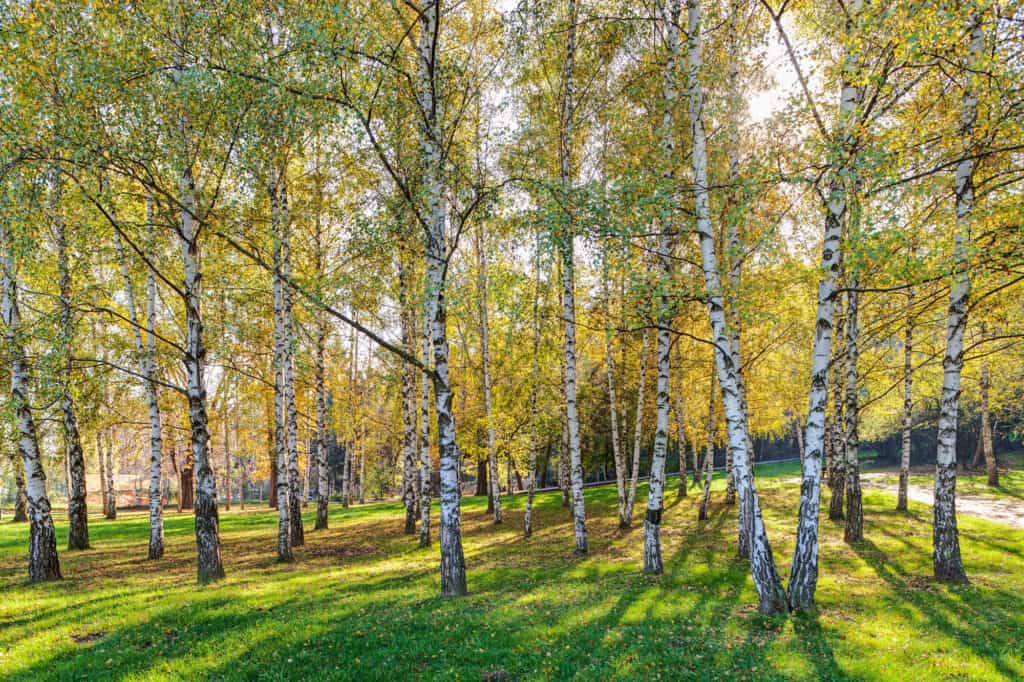
One of the most common birch types, silver birch trees are known by many names.
©Vladimir Nenezic/Shutterstock.com
While they are classified as Betula pendula, silver birches are also known as the European white birch, weeping birch, or warty birch for their distinctly textured trunks. These particular birches are widespread around the world, preferring higher altitudes and sunny locations. Additionally, this birch is the national tree of Finland.
River Birch
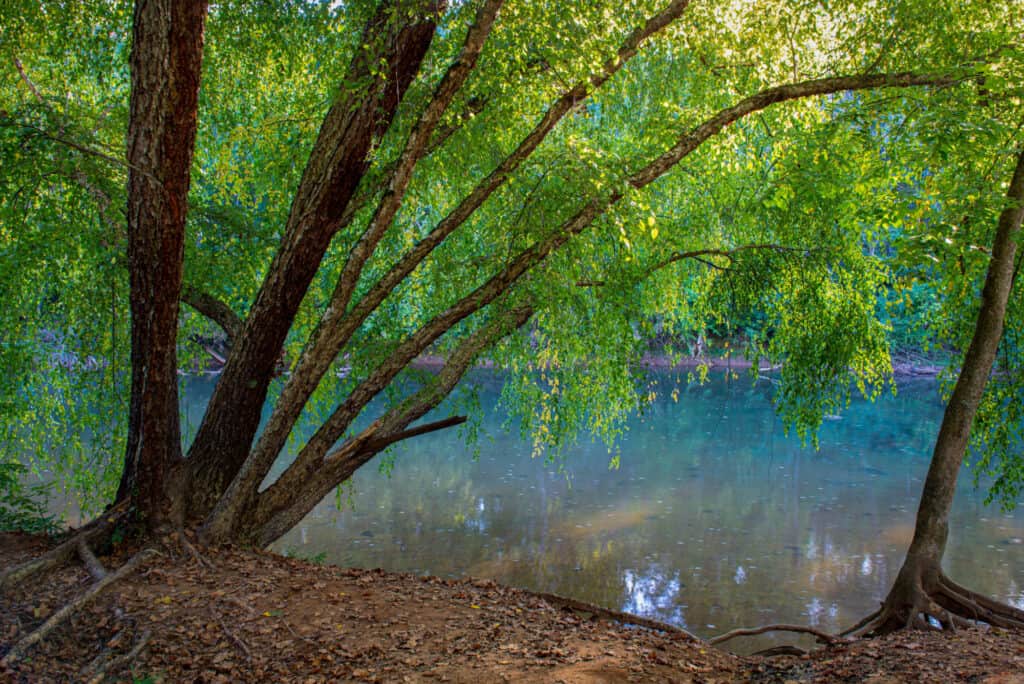
Also known as black birches,
river
birch trees thrive in wet conditions.
©Gerry Bishop/Shutterstock.com
Reaching up to 100 feet tall with multiple trunks, river birch trees are different from the average birch. Classified as black birches or water birches, Betula nigra is native to North America and thrives along waterways, as its name suggests. It also has darker bark compared to most other birches.
Himalayan Birch
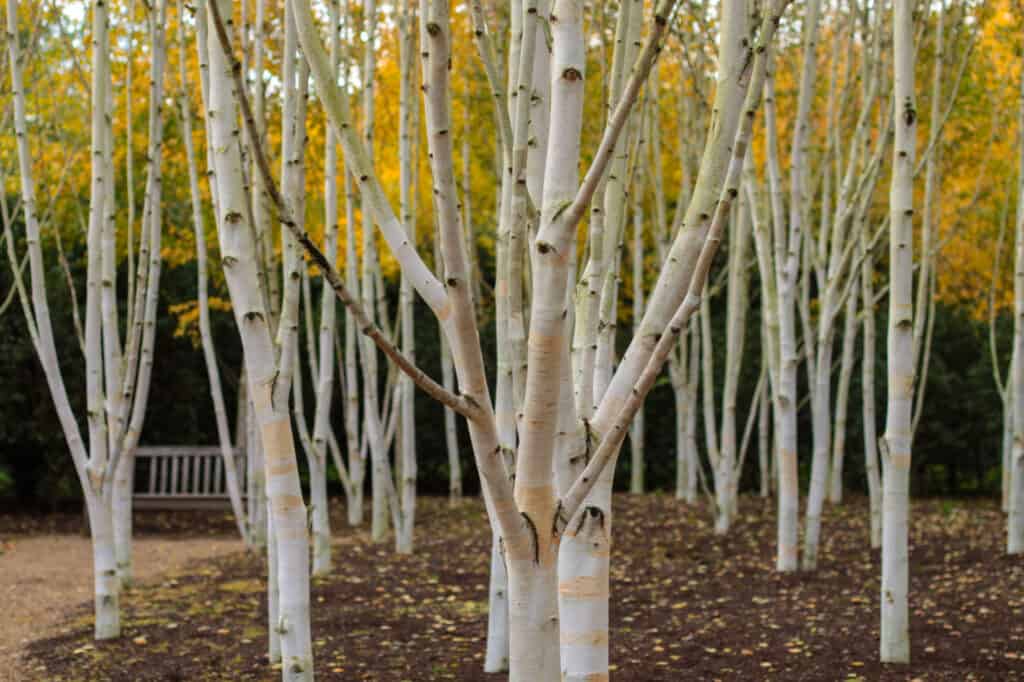
With an ancient history and a wide variety of uses, Himalayan birches are beautiful and revered.
©Lian Na Rose/Shutterstock.com
Literally translating to “useful birch,” Betula utilis, or the Himalayan birch tree, has a revered history. Its bark was once used as paper for ancient writings and is still used in a similar capacity today. Native to the Himalayas, as its name suggests, this birch tree has been discovered in thriving conditions as high as 15,000 feet!
Dwarf Birch
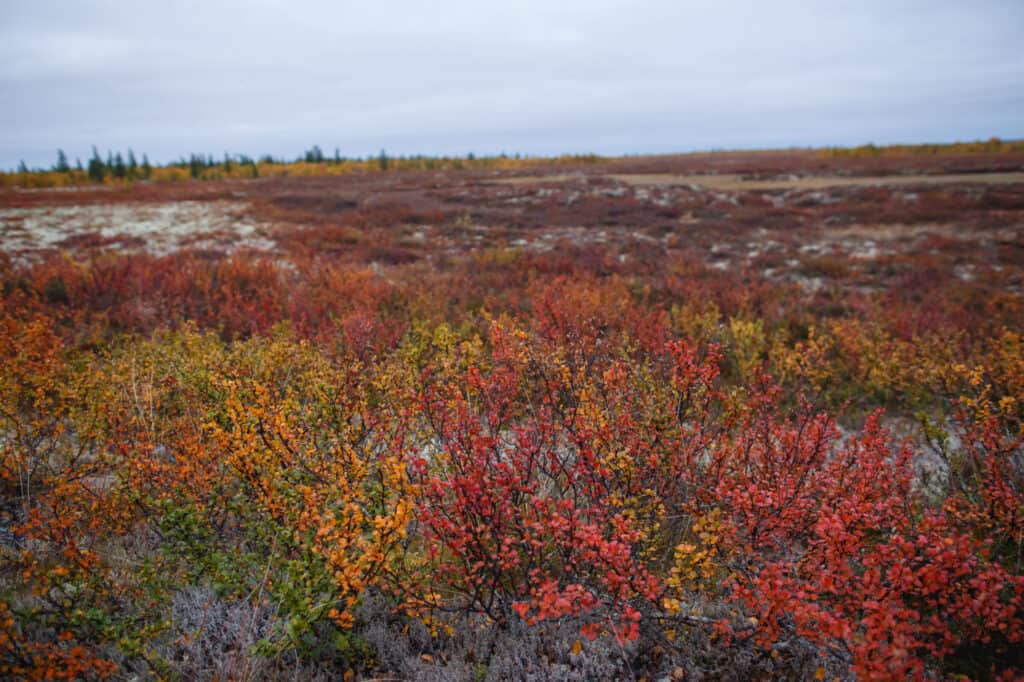
While they aren’t exactly trees, dwarf birches make excellent deciduous shrubs.
©Sergey Zaykov/Shutterstock.com
Another birch that thrives at high elevations or in cold temperatures, dwarf birch trees are more like shrubs than trees. Reaching up to 4 feet tall, these compact beauties turn beautiful colors in the fall, with unique red bark to match.
Chinese Red Birch
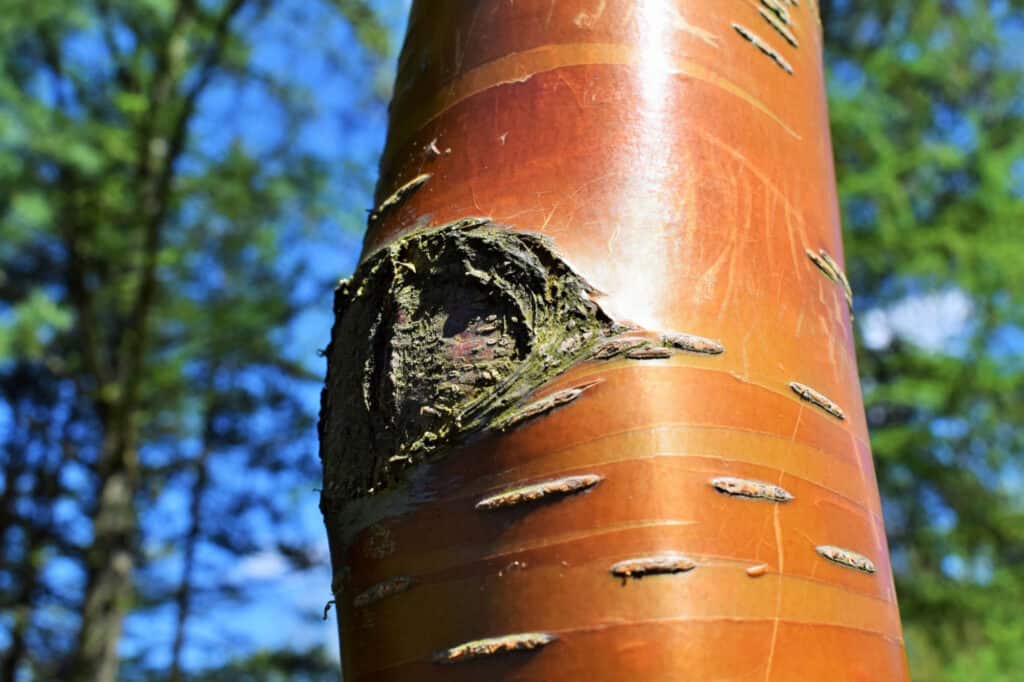
With a distinctive red hue, the Chinese red birch makes a great ornamental tree.
©photographer Dmitry Stron/Shutterstock.com
With several cultivars, Betula albosinensis is a great ornamental birch tree to consider. Commonly known as the Chinese red birch and native to China, this birch tree reaches less than 90 feet tall. It also produces cream and reddish-colored bark that develops horizontal stripes like other iconic birch species.
Yellow Birch
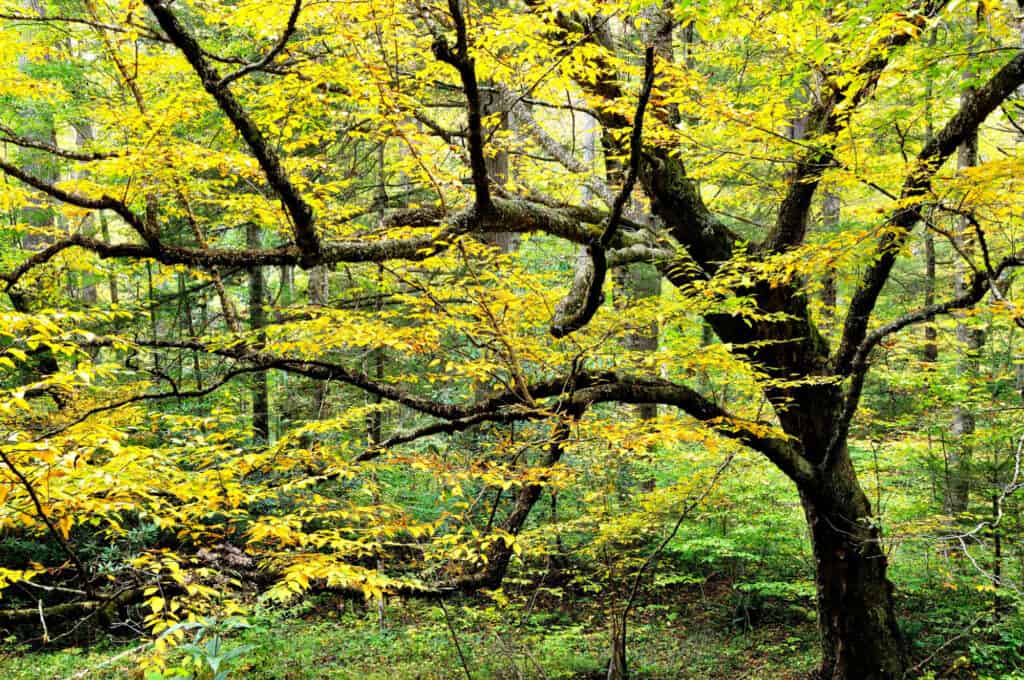
One of the most common birch trees used in the timber industry, yellow birches thrive in cooler climates.
©Malachi Jacobs/Shutterstock.com
Also known as the swamp or golden birch, yellow birch trees are cultivated commercially for timber. If you live in hardiness zones 3-7, you may consider growing this birch variety, as it prefers cold climates. Plus, this birch tree species is handsome, with shaggy gray bark and a long lifespan.
Bog Birch
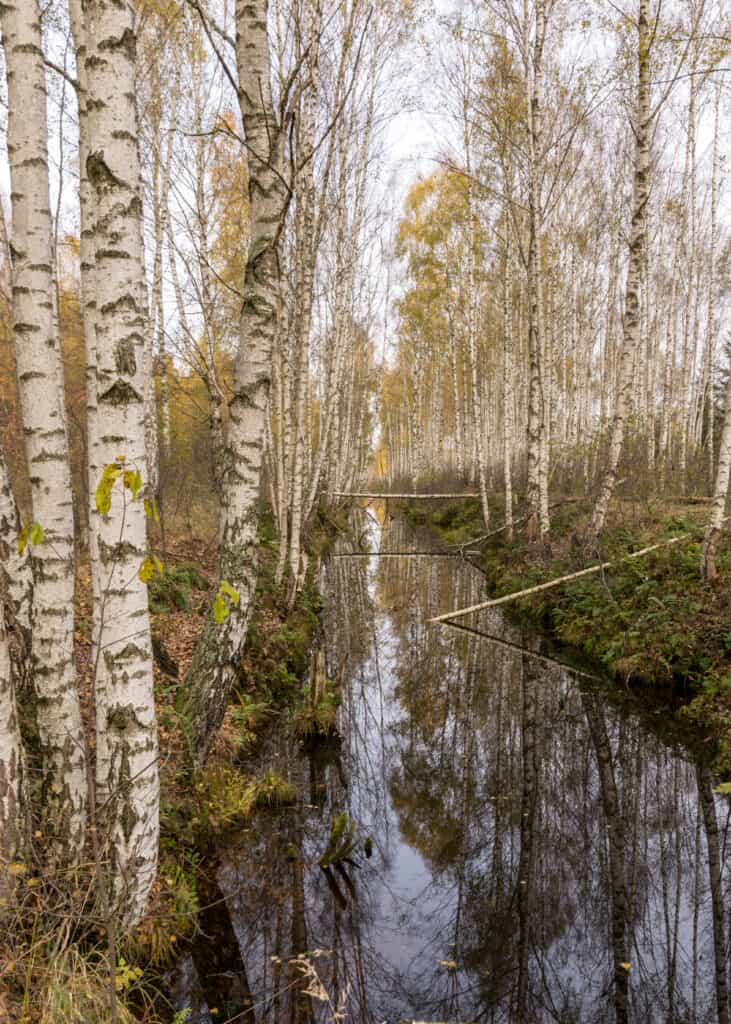
While this particular tree only reaches an average of ten feet tall, bog birches inhabit swamps across North America.
©ANDA MIKELSONE/Shutterstock.com
Another dwarf birch variety worth mentioning is the bog birch. This birch tree is classified as Betula pumila and only reaches 10-15 feet tall. It is native to North America and can be found growing throughout the nation, along waterways, and thriving in moist locations such as the Pacific Northwest.
Downy Birch
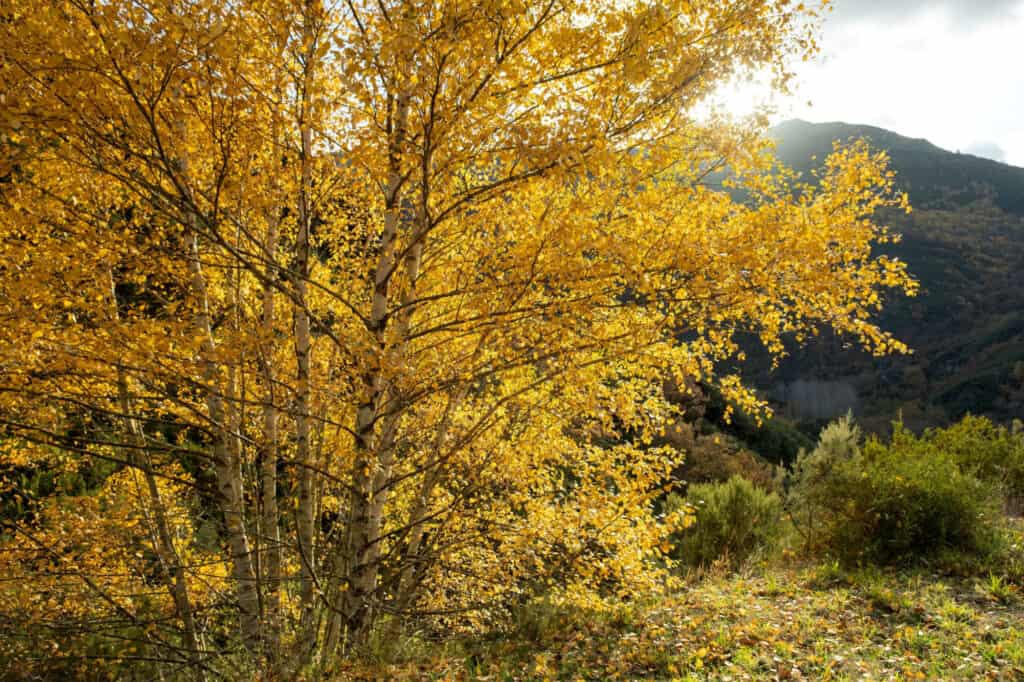
Downy birch trees are responsible for a number of birch cultivars and hybrids.
©jessicahyde/Shutterstock.com
Not to be confused with silver birch trees, downy birches are also known as European white birches. While they are closely related, downy birches are classified scientifically as Betula pubescens and demonstrate some differences in how they grow. It is a key tree for many bug and animal populations, as it grows in northern regions that aren’t able to grow many trees.
Sweet Birch
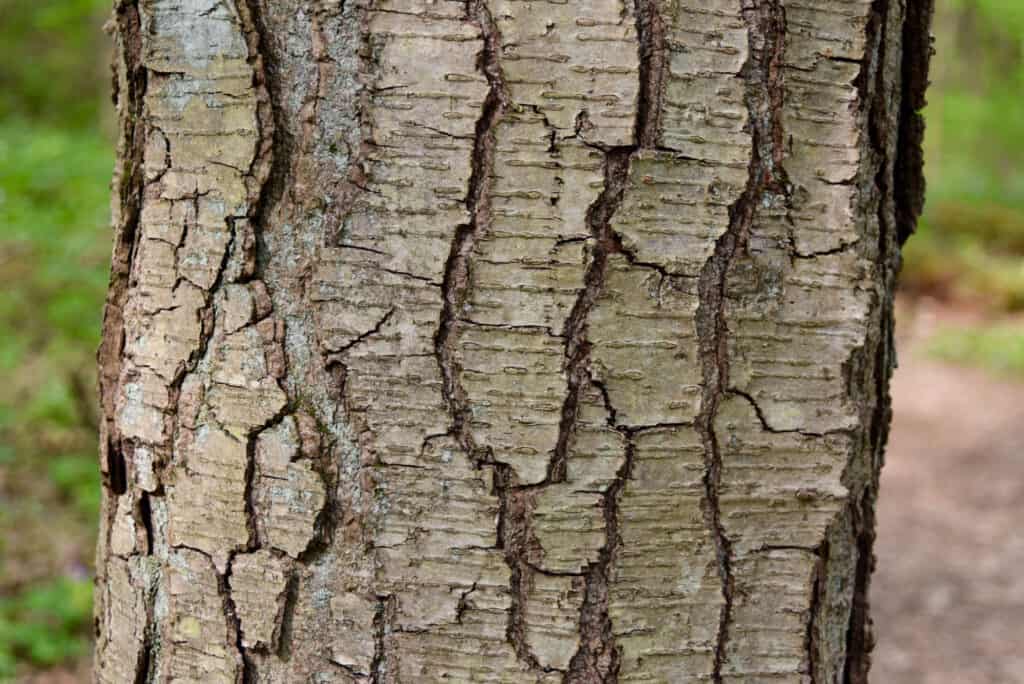
One of the most widely cultivated birch trees, sweet birches produce ample amounts of wintergreen oil.
©Kyle Selcer/Shutterstock.com
Frequently tapped for its sap and wintergreen oil, the sweet birch is widely cultivated. It is a particularly heavy and large birch variety, used in timber production as well as sap production. Thriving on the east coast, sweet birches can live over 300 years.
Summary of the 10 Different Types Of Birch Trees
| Ranking | Species |
|---|---|
| 1 | Paper Birch |
| 2 | Silver Birch |
| 3 | River Birch |
| 4 | Himalayan Birch |
| 5 | Dwarf Birch |
| 6 | Chinese Red Birch |
| 7 | Yellow Birch |
| 8 | Bog Birch |
| 9 | Downy Birch |
| 10 | Sweet Birch |
Up Next
- Discover the 12 Fastest Growing Trees You Can Plant
- How Many Trees Are In The World?
- Discover the 11 Different Types of Spruce Trees
The photo featured at the top of this post is © Lian Na Rose/Shutterstock.com
Sources
- Molecular phylogeny and genome size evolution of the genus Betula (Betulaceae), Available here: https://www.ncbi.nlm.nih.gov/pmc/articles/PMC4866320/
Thank you for reading! Have some feedback for us? Contact the AZ Animals editorial team.






